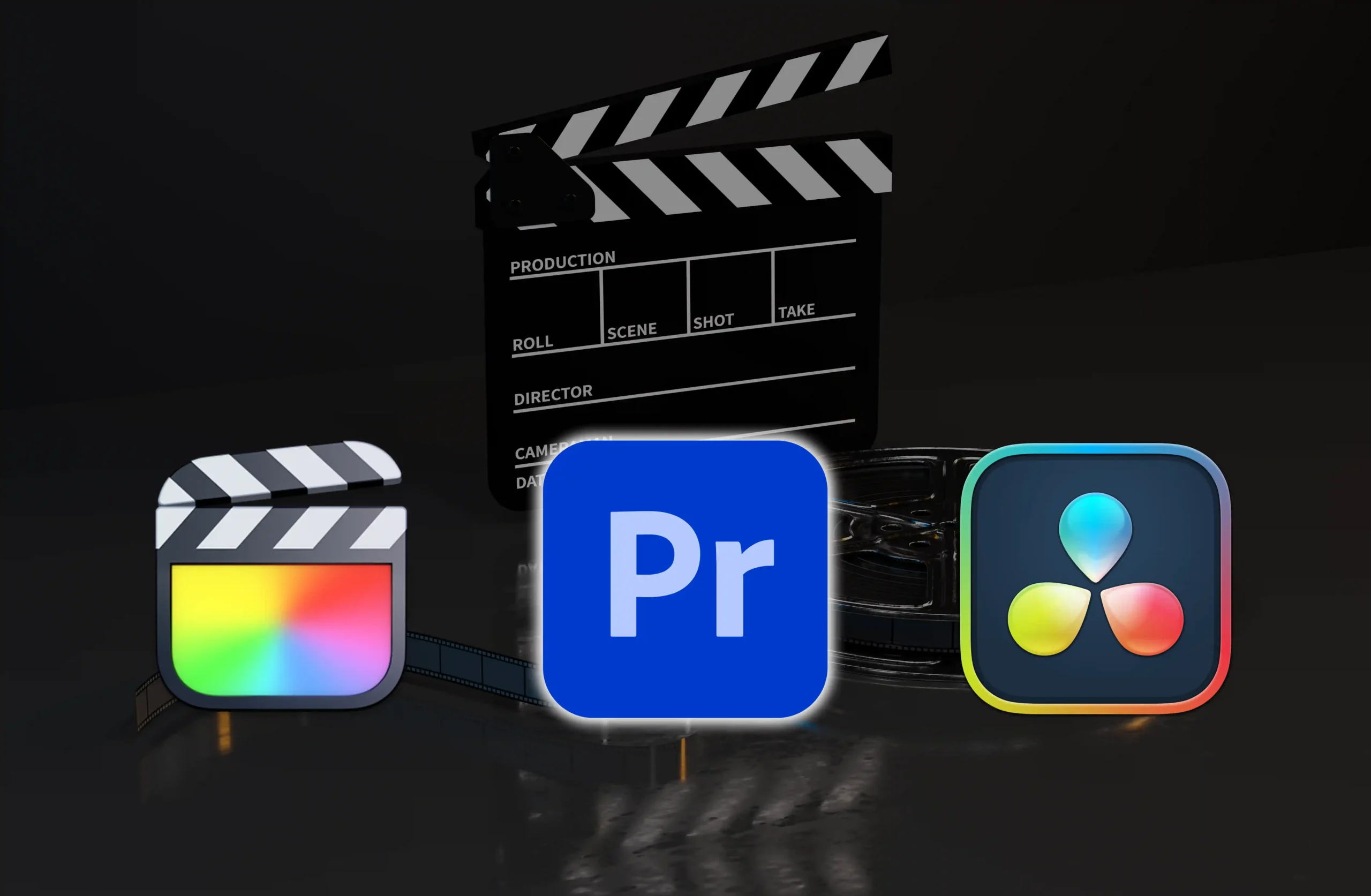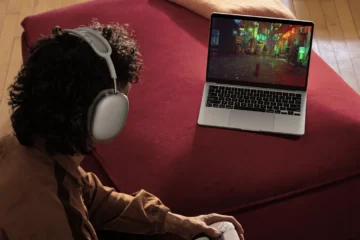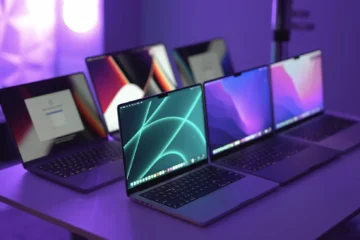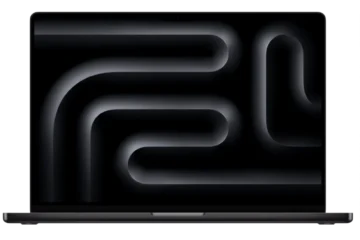Premiere Pro, Final Cut, or Da Vinci? Which one should you go with? Today we’re going to go over the three big video editing software and see which one is the best option to go with.
This is going to be helpful, especially if you’re just starting in video editing. Or maybe you’re already editing on one of these software and thinking about switching. This is all based on my personal opinion and experience with them. They all have their characteristics and ways of doing things, and no matter which one you go with, at the end of the day, you’ll be able to create some powerful and amazing videos.
Final Cut Pro
The first one I want to cover is Final Cut Pro. The main reason why I switched to Final Cut from being a premiere user was because knowing that Final Cut is made by Apple, the software would be most optimized for my MacBook Pro, and therefore getting the best performance out of it.
I didn’t necessarily get better performance, but Final Cut never crashed on me. There was a lot of getting used to and the biggest one was ripple editing. So if you’re new to video editing, what ripple editing is, is any changes or trims or clips that I make to the current clip, have a ripple effect with all the other clips on the timeline to kind of snap backwards.
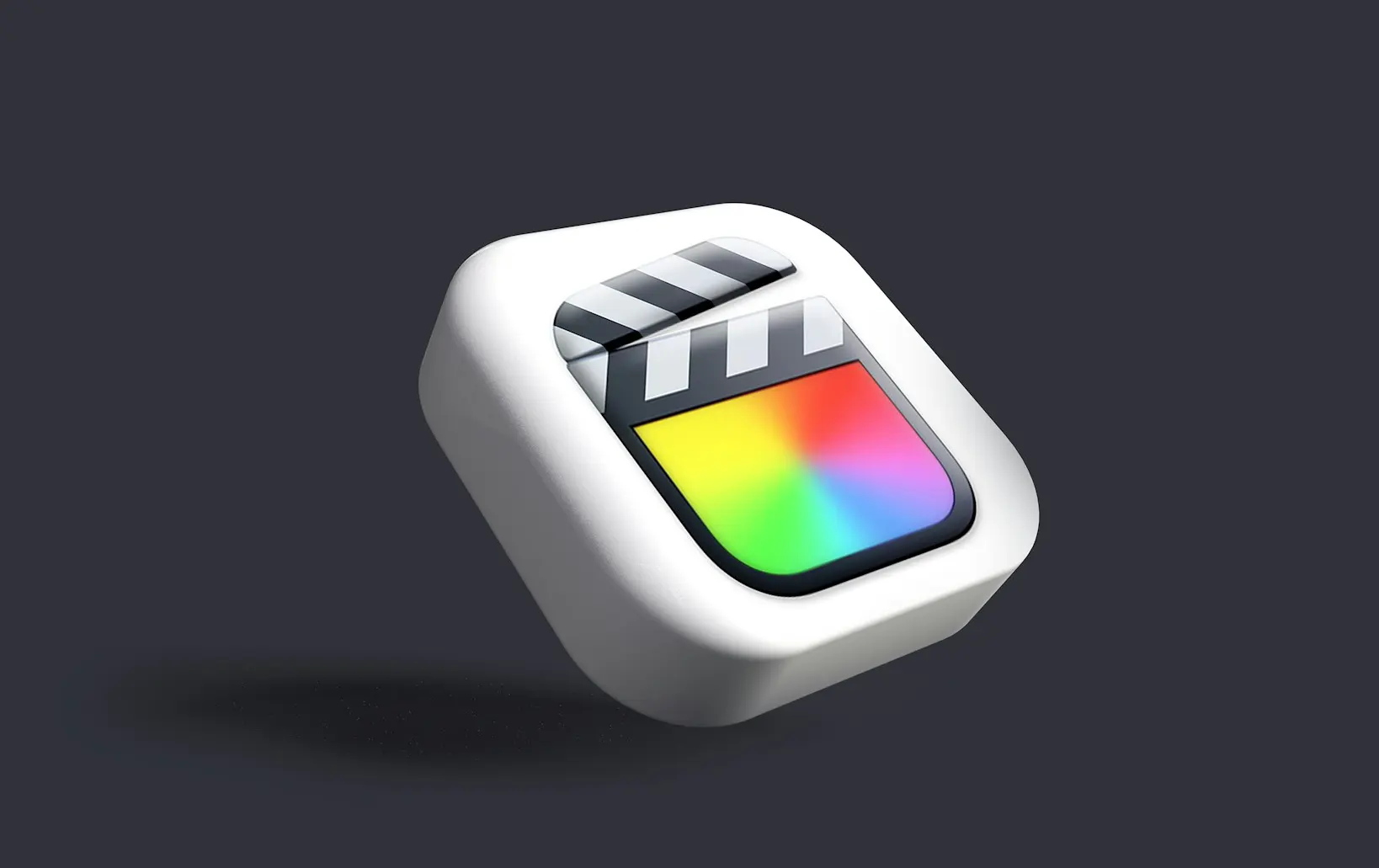
This was the case when I was using the default select tool and to avoid ripple deletes, you have to select the position tool where any of the gaps would be replaced with a gap clip.
In Final Cut, you have your main storyline on this track, and so it’s where your main clips would sit, like your A-roll the layers or tracks on top aren’t considered as part of your main storyline and are for more supportive assets like B-roll, captions, transition clips, and so on. If you haven’t used an editing program before and you’re new to video editing, this wouldn’t impact you all that much. If you’re coming from Premiere DaVinci, you’ll probably be more used to just having the position tool selected in Final Cut versus the default select tool, so just keep that in mind.
One welcoming feature that I loved about the switch to Final Cut from Premiere was not having to worry about saving. Final cut is always auto-saving based on every change or update that I make, and just pretty much every second that I’m going. It’s saving in real time, and I don’t have to worry if let’s say, my computer crashes or final cut crashes or I have a power outage. Whatever the case might be, my work is automatically saved and it’s always up to date.
The price for Final Cut Pro is $299.99, and it’s a one-time purchase for a license, which is great. Final Cut is a really good option to learn about. It’s stable and I feel like it’ll guide you towards getting comfortable and familiar with the video editing workflows. However, if you’re coming from Premiere or DaVinci and so you already have experience in video editing switching to Final Cut almost feels like a bit of a step backward, and it just takes getting used to only because of just some of the constraints that I felt.
Premiere Pro
If you’re a PC user, it’s either Premiere Pro or DaVinci Resolve. I started with premiere and I’ve used it since I started creating videos more than a decade ago. And unlike Final Cut, where some things just felt automatic or you just felt guided a little bit more, premiere is a bit more freehand. You still can ripple edit, but by default, it’s more position-based. So if I throw clips onto my timeline, some audio-like sound effects adjustment layers, I can just move things around freely without having to worry about clips being connected. If I needed to move the clips across multiple layers together, then it’s a simple hold shift and select them all and then I move. You can see why Final Cut could speed things up, but here, since this is where I came from and this is all I knew this is what I was used to. It’s just that sense of control over everything. So unlike Final Cut, where you have your main storyline in premiere, you still have multiple layers and tracks, but your bottom track here or V1 is usually your main video track anyway, hence why Apple thought it would be considered as your storyline.

The thing with Premiere, unlike the other editors, is that I don’t have to switch workspaces. I can still access and adjust, for example, color grades without having to go into the color workspace. It’s just easier, though, getting into that specific workspace for that specific task. That’s what I like about Premiere is that you have options, you have freedom, and you don’t have to worry about Premiere doing anything for you unless you want it to. So having been the platform that I’ve always used and learned on, you can see why switching to Final Cut felt a little bit of a step backward for me, or at least a little bit more restricted for me, where Apple’s doing things for me by default, and I’ll just have to be more conscious about things like rearranging clips. Although Final Cut is not wrong, it’s just trying to make me a little bit more efficient.
There are two things though, that I hate about premiere one, and being the most infamous is stability. The constant crashes that not only I, but everybody else experience with Premiere coupled with the fact that Premiere doesn’t constantly auto save for you. It does, but not in the way how Final Cut does it, where every change or update or every second I’m making Final Cut is auto-saving in real-time premiere. By default, the autosave is actually set to every 15 minutes, and you can change it, but only by minute intervals. So the most frequent auto-save that you can have is one minute. Also, your manual saves and your autosaves are in two separate files. So when you manually save by hitting control or commands, that saves onto your main project file. Your autosaves, however, are saved in an auto-save file, which is buried in Adobe’s folder structure.
The second issue that I have with Premiere is pricing. I find it ridiculous that they charge a subscription because, in the long run, it works out to be way more expensive than the other programs. An editing program isn’t something you would need to use temporarily. This is a long-term tool where you need to invest time into learning, and you wouldn’t just use it for maybe a month or two and then cancel it. So Premiere Pro alone, not including any other Adobe program like After Effects, is $22.99 a month.
Despite these downsides, Premiere is tried and tested and is, I think, still the most popular editing platform used by creators today. Premiere can be a good start, but it’s harder for me to recommend as the first video editor to start with. Especially for long-term use, not just because of pricing, but also being able to expand your editing abilities.
DaVinci Resolve
You might have noticed this trend of editors switching over to DaVinci Resolve, and for good reason. DaVinci started with a focus on being a color grading software, and that’s what it was known best for until editing was introduced into it.
For myself. In the past, I was a little apprehensive about switching over or even trying DaVinci because just the sight of it intimidated me a little bit. But there are a lot of things to love about resolve, and not as many things to not love. In my experience, at least except for one thing media linking. I usually work off my clips being stored on an external SSD, and sometimes not all the time. If I switch USB ports, the SSD was plugged into the media, got unlinked, and therefore needed to be relinked again most of the time. Finding and relinking the media works fine, though. Other times they just don’t relink even though the footage is there and comprehensive search sometimes was able to find the source clips for me, but other times it didn’t.
If you’re coming from Premiere Pro, DaVinci will feel a lot more familiar than Final Cut. DaVinci separates their workspaces into these different tabs below, and each workspace by default just makes sense. So everything you need is already there in front of you versus having to go into the settings or tabs to enable certain things.

DaVinci is designed to make you follow a flow that makes sense. So from importing to cutting to editing, fusion, coloring, audio, and export. The best part is you don’t have to use every workspace, so you don’t have to go into the media page to import media, and you don’t have to go to the cut page to make cuts, especially if you don’t like ripple editing. You can still do all of that on the edit page alone. I haven’t used Fusion at all, but the fact that it’s there and I don’t have to pay extra for it is amazing. It’s like having After Effects included as part of Premiere Pro.
Eventually, when I want to start learning a little bit more about visual effects, it’s great knowing I can just jump in without having to purchase extra software. Color grading in DaVinci just feels better and a little bit more accurate than Premiere and Final Cut. So when color grading, it took me a short period to learn and get used to nodes.
DaVinci is similar to Final Cut, where it’s always auto-saving in real time so I don’t have to worry much about lost work. These are just some of the things that make the editing experience in DaVinci Resolve much better and more polished than Premiere Pro and Final Cut Pro.
In terms of price. So if you remember, Final Cut Pro is a one-time purchase for $299.99 and Premiere Pro is a subscription at $22.99 a month. DaVinci Resolve has two offerings a free version and a studio version. The free version has enough to get by, especially if you’re new to video editing. There are a few caveats, though, like the lack of support for ten-bit footage.
Conclusion
So that’s my overall experience of using all three editors. Again, I’m not an expert editor. This is just my personal opinion and my personal experience with them, what might work for me might not work for you. I’m sure there are other points out there, and even ways to improve my experience and workflow in using each of the three. If you found this article helpful, please share it. Thanks

